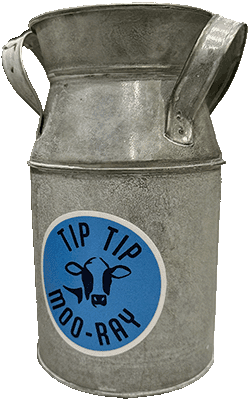Raw milk was heavily promoted by various media organizations as a potential conduit for bird flu exposure last year. These concerns have not materialized in any significant way, but this focus on bird poop spreading infectious disease has yielded some discoveries.
Who is dumping raw milk into wastewater
Conventional dairies dump a lot of raw milk, meant for pasteurization. Farmers who produce raw milk for pasteurization end up dumping thousands of gallons of milk any time their truckload of milk is rejected. Since pasteurization is leaned on to rid their milk of pathogens, this dumping can introduce microorganisms like HPAI into wastewater pathways and continue its lifecycle long enough to infect more birds.
By contrast, raw milk for human consumption is dumped less often as it tends to be cleaner than raw milk for pasteurization. There’s also no dependency on external food processors, thereby no rejection, and instead the raw milk goes straight into bottles and refrigerators.
Conventional dairies now acidify milk before dumping
Since the pasteurization plant isn’t accepting their milk, in this instance, causing the necessity to dump the milk, less than 50% of dairies pasteurize their milk before dumping. This forces environmentally-conscious farmers to find alternatives for neutralizing any potential pathogens. Adding citric acid to their raw milk before dumping seems to be the go-to solution.
Read more on Dairy Reporter:
Can’t pasteurize? There’s another way to kill bird flu




